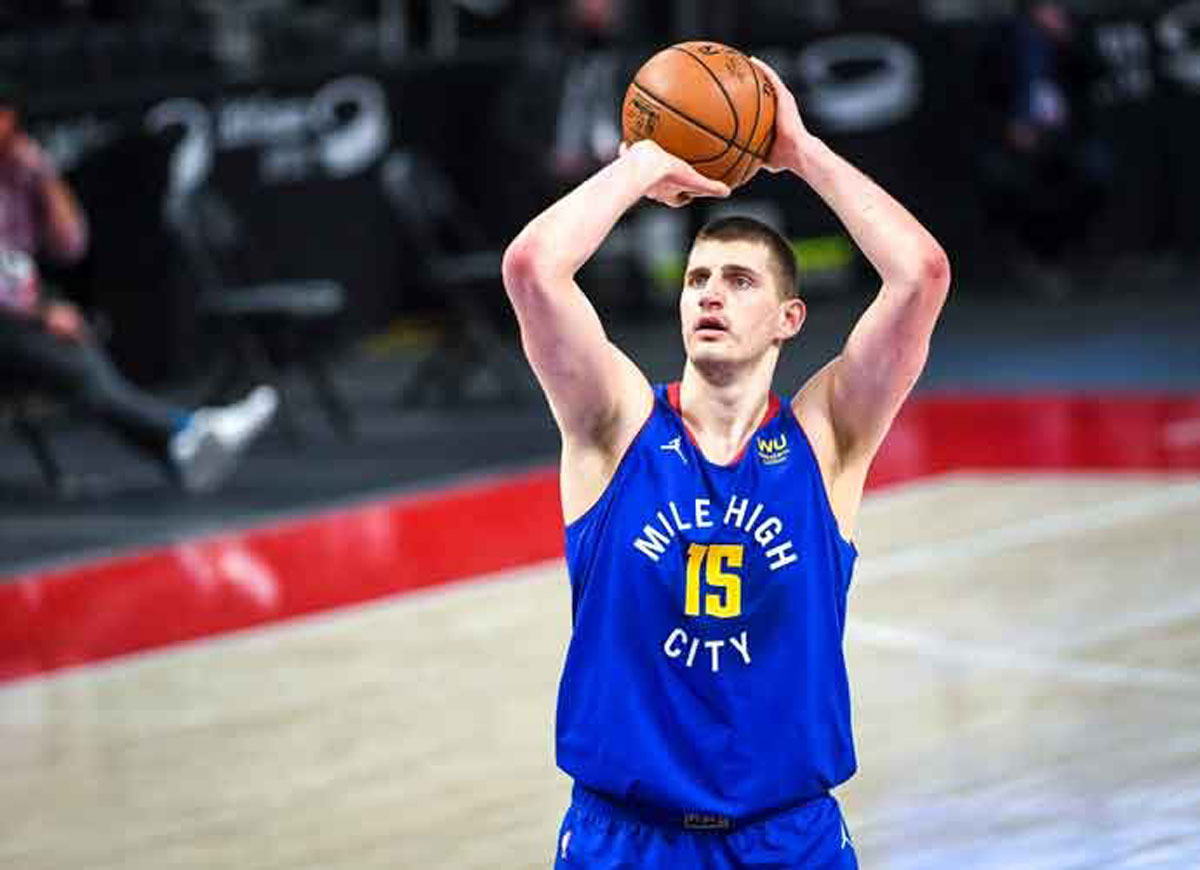Columbine by Dave Cullen

4/5
Reading Columbine — a new book by Dave Cullen, an award-winning journalist considered a leading authority on the infamous 1999 suburban Denver school shooting — I kept having to remind myself that it’s non-fiction. The book doesn’t seem fake; it’s just that Cullen comes across less like a reporter and more like an omniscient movie narrator. Cullen’s first book is so detailed and well-researched that it’s almost hard to believe the author wasn’t actually present for every single scene described.
Cullen painted a fascinating portrait of Eric Harris and Dylan Klebold, including excerpts from both of the teenaged gunmen’s journals, that strives to answer the question, “How could anyone do such a thing?” In doing so, I liked that the author largely dismissed the external factors often used to explain their motivations. The Columbine High School massacre happened during my freshman year of high school; I remember the media shifting blame to violent movies, Marilyn Manson and social hierarchy.
I’m sure Eric and Dylan were bullied and made fun of; so are kids at every other high school, the vast majority of whom abstain from shooting sprees. Columbine did an incredible job straddling lines. It read like a novel, without coming across as flippant or disrespectful. No detail was spared; yet, nothing seemed exaggerated or over-the-top. And most impressively, Cullen somehow humanized the two shooters without condoning or justifying their actions in any way.
Eric and Dylan are typically lumped together, so I was surprised to learn how different they were. Studied by several psychiatrists and backed up by the Diagnostic Statistic Manual of Mental Disorders, Eric’s behaviorial patterns in life were described as those of a textbook psychopath, the kind who is born, not bred. While Eric’s journal was filled with murderous rants, Dylan mostly directed his rage inward. His diary entries were depressive, often suicidal, and mostly made him come across as a lost little kid. The unexpected contrast was very jarring. Getting inside the killers’ heads – especially that of Eric, inarguably the dominant leader of the two – to that extent made everything that much more disturbing. The Columbine High School massacre wasn’t a case of two misfit goths exacting revenge on the jocks who had made fun of them. The truth is much more harrowing: Eric and Dylan opened fire on their high school, just because they wanted to.
While Cullen set out to focus on Eric and Dylan, I did find it odd that their victims were mostly absent from his book. Of the 13 deceased, the author only wrote at length about Dave Sanders, the one teacher, and Cassie Bernall, who was unofficially inducted into the “martyr’s hall of fame.” The 11 other victims’ names were either mentioned in passing or ignored completely. It would be pretty much impossible to write about the Columbine killers without going into the lasting effect they had on their small Colorado town. So it didn’t make sense to me that Cullen didn’t include those who were hit the hardest. Since most of the victims were omitted, it’s not as if he forgot about them. There was obviously a reason he barely acknowledged Corey DePooter, Rachel Scott and the others; I just don’t understand what it is.
Regardless, despite the heavy, heartbreaking nature of the book, I thought Columbine was fantastic: a chilling yet compelling read.
1 Comments
Leave a comment
RELATED ARTICLES
Get the most-revealing celebrity conversations with the uInterview podcast!





Another good read on the shootings is Columbine: A True Crime Story by Jeff Kass, who also covered the shootings from the first day.
jeffkassauthor.com